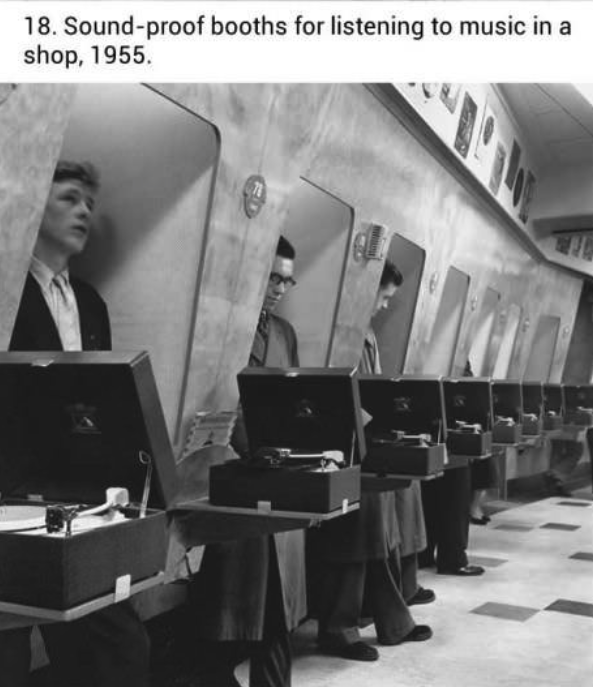 |
| Bronson in his natural habitat |
I've known Bronson since he was 11 years old. He started as a camper at the CMSEC then applied to become a volunteer. It was a challenge for him to come down to volunteer because he lived in Park City. Our long distant volunteers are the best for sure!
Bronson has been with the Discovery Space Center for the last little while. Sadly, duty is calling him to Arizona where his dad owns a theater similar to the family's Desert Star Playhouse in Salt Lake City. The theater season is starting now that it's gotten cooler and Bronson is needed. His last mission at the DSC was last Saturday.
Bronson promises to pick up the flight director's microphone once again sometime in the future when life permits. Until then, we all say goodbye to Bronson and wish him the best in Arizona.
I asked Bronson to write up a short bio about himself.
Thanks Bronson
Mr. Williamson
The Life and Times of the Volunteer and Flight Director Bronson
The first time I ever attended Space Camp, I was 10 years old. It was a three day camp at the Christa McAuliffe Space Education Center in the summer of 2007. The first mission I ever participated in was Greenpeace on the original USS Voyager simulator, and I can remember every moment of it in vivid detail. Those moments were truly life-changing.
That first experience at space camp inspired me to imagine and dream in ways I never had before. And I wanted more of it. Additional camps followed, along with private missions and school field trips. I became somewhat of a Space Center regular, as much as one could when living an hour away.
As soon as I turned 11 years old, I applied for CMSEC's volunteer program. I began working behind the scenes in the simulators, and that is where I discovered my true love: flight directing. At the time, I was only a volunteer, but all I wanted to do more than anything else in the world was sit in that coveted office chair.
Unfortunately, I wasn't able to train as a flight director at CMSEC due to the lack of time I was able to spend there. So, I continued acting and working in second chair positions for almost 2 years. When the iWorlds mobile simulator UGS Valiant came to Park City, I eagerly join forces with them. That is where I got my first taste of flight directing, and I absolutely loved it. Sadly, the Valiant left Park city after a few months and I was back to square one.
At the end of the school year, my family moved to Arizona, and I believed I would never be involved with a space enter ever again.
After graduating high school in 2014, I moved back to Utah temporarily for work. I learned that Discovery Space Center had open during the absence of the Christa McAuliffe Space Education Center, and was operating in Pleasant Grove. I had my own car at that time, so the trip down the canyon was a lot more convenient.
I started as a volunteer once again, and slowly worked my way up the ranks until I had learned odds and ends of Canyon Grove academies to new simulators, the UCS Everest and the UCS Pathfinder. I still hadn't quite made it to flight director, though.
That all changed one day when Kendrick Gines and I were working a busy, crowded field trip one morning in January 2015. Kendrick looked at me without exhausted face and asked me, "would you like to fly this one?" Before he even had a chance to finish a sentence, I excitedly agreed to the request. The rest, as they say, is history.
Just a few weeks later, I was certified as a DSC flight director. I flew missions for Discovery Space Center from February 2015 all the way through this month, mid-October 2016. It has been the the most exciting year-and-a-half of my life, and I am truly sad to say goodbye to it all, even if it is just for now.
I will never forget the experiences and memories I gained from all of these years working and participating at the various space center locations throughout Utah, and The friendships I have made will last a lifetime. It's been quite a ride, and I hope to get back in the game again in the future.
Bronson Todd
Watch Bronson at Work on his Last Mission at the DSC running the Pathfinder Simulator
The Imaginarium

























































































































































































































































































